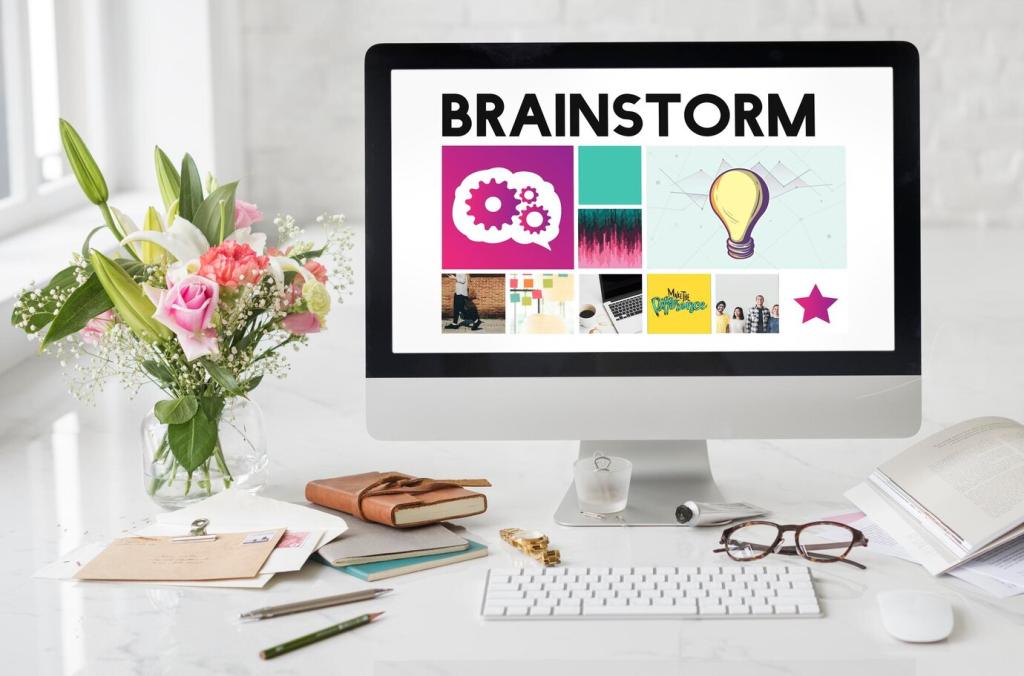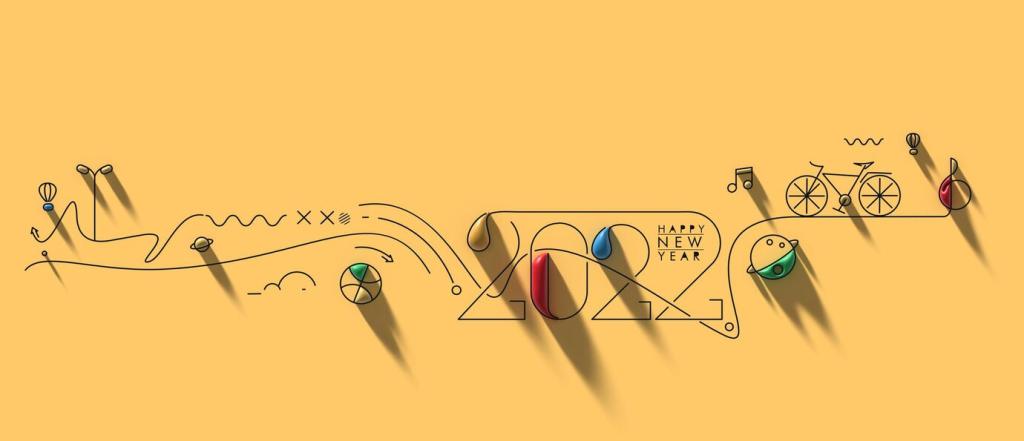Case Studies Across Disciplines
We rethought a tiny kitchen using light fronts, open shelving near the stove, and pull-out prep boards. It looked calmer and cooked faster. If you have a small-space triumph that joins functionality and aesthetics, describe your layout choices and outcomes.
Case Studies Across Disciplines
A commuter bike with integrated lights, puncture-resistant tires, and a slim frame proves elegance can survive potholes. The silhouette is clean, yet every line serves riding. What city feature would you redesign on your bike? Comment with your must-have upgrade.
Case Studies Across Disciplines
We trimmed a budgeting app to three gestures and a color system that communicates status instantly. The interface felt invisible as decisions got easier. Try simplifying a tool you use daily, then share one aesthetic tweak that improved its functional clarity.





